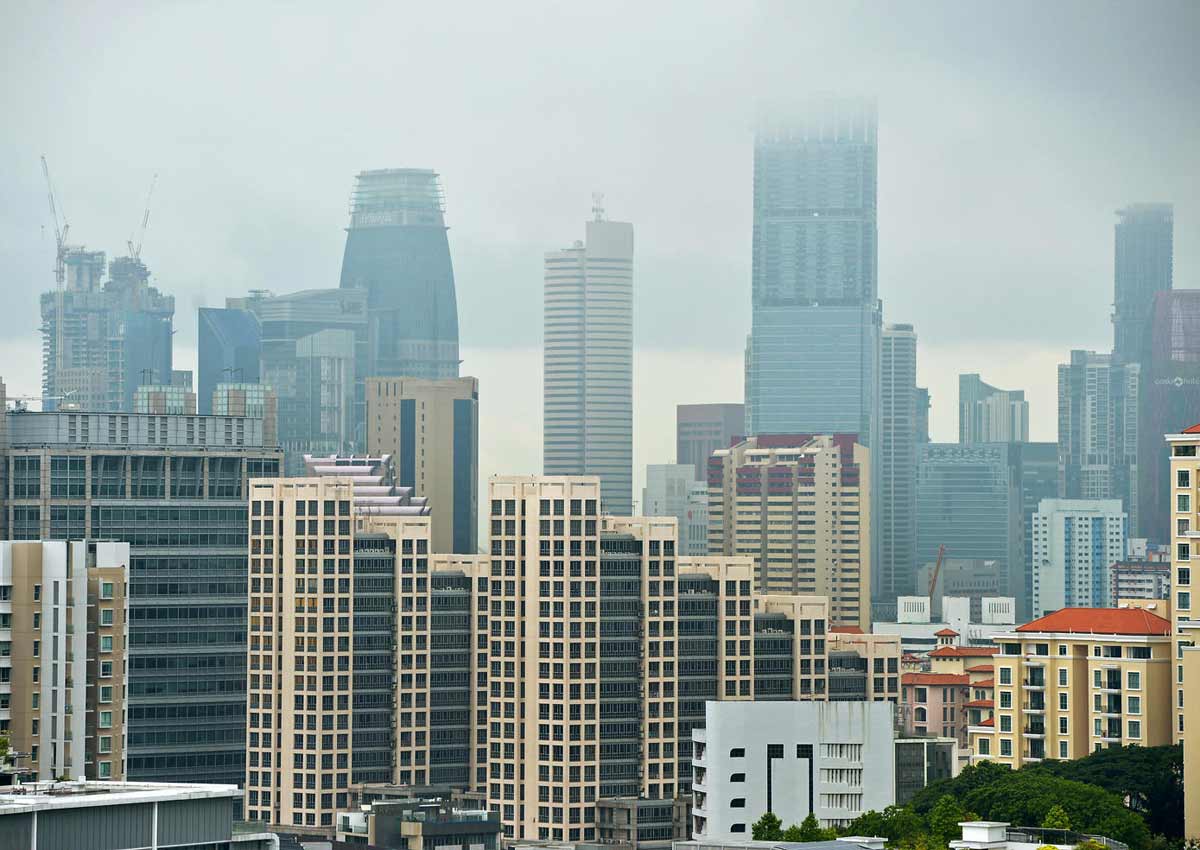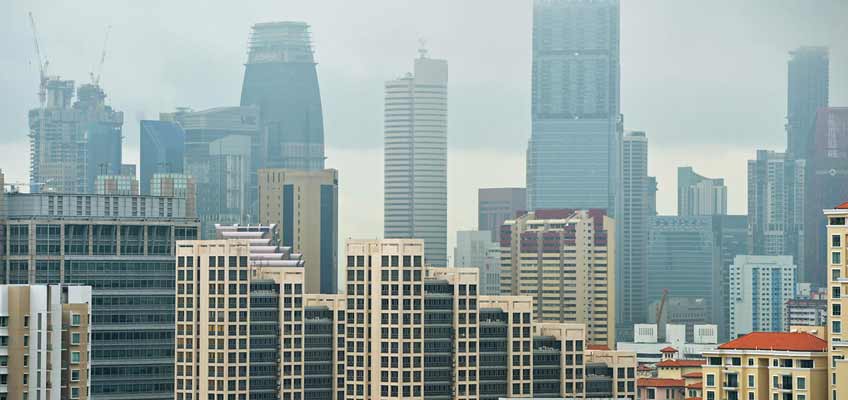On November 18, The Straits Times reported that exports in Singapore had been disappointing in October 2016, with non-oil domestic exports sinking 12 per cent versus economists’ expectations of only a 3 per cent decline.
Coupled with the fact that on October 14, OCBC bank announced that Singapore’s economy slumped 4.1 per cent between July and August 2016, this raises the probability of Singapore tipping into a technical recession in the immediate term or even a full-blown recession in 2017.
When the working-class face uncertainty – consistently bombarded with stories of weaker growth outlooks, see their pay packets stagnate in the face of rising prices and start to fear for their job security – they will react by saving more for the future.
No one in the right mind would hope for a recession to occur as it brings about a period of slow-to-no growth and a lot of uncertainties for people and businesses. However, as more people start saving more and consuming less in the present, because they are fear for their futures, that is exactly what may happen – the economy spiraling into a self-fulfilling “recession”.
Often, before we reach experience the hard landing of a full-blown recession, there is a technical recession.
Remind me, what is a technical recession again?
To understand this, it is important to know how economists define technical recessions:
“An economy that experiences two consecutive quarters of negative economic growth as measured by a country’s GDP”
Singapore’s GDP at 1960 was $7.6 billion (based on market price). Fast-forward 55 years later it is $391.3 billion. That gives us a compounded annual growth rate (CAGR) of 7.3 per cent for the last 55 years.
Simply speaking, if you had put $1,000 into a bank account that gave you a CAGR rate of return of 7.3 per cent, after 55 years, you would have approximately $47,500 in your account. It’s quite staggering.
So can Singapore continue to growth indefinitely? Logically speaking, yes. As long as the human population is growing, investment capital is growing and there are technological improvements to increase productivity and spur innovation. This is, of course, contingent on Singapore continuing to produce goods and services with decent demand at the global stage.
Why is a technical recession indicator important to me?
This indicator forms the basis of how companies, big or small, plan their annual expenditure going forward. When the country is in technical recession, companies tend to head into their emergency room, brush the dust off their “let’s start restructuring our expenditure book” and implement cost cutting measures.
People who are in the following industries have got to be more concerned with this technical recession benchmark:
1. Manufacturing,
2. Construction,
3. Wholesale and retail trade, and
4. Accommodation and services.
What should I expect in this period of uncertainty?
Bonus
Once the economy hits technical recession mode, many companies will already be facing pressure to produce good results and even those that have done well will try to be more conservative and prudent. What all this means is that workers should not be optimistic over bonuses this year.
We can see it from two ways: Firstly, companies will say that it is a bad year and despite your stellar performance, we need to be conservative, or secondly, companies will just use the technical recession card to pull back bonus payouts.
Of course, we believe the former will outweigh the latter, hopefully, but that does not mitigate the fact that our pockets will be lighter this year.
Job security
If we look at Singapore’s headline unemployment rate, it is one of the lowest in the world. Something we should be proud of.
Nonetheless, if we look deeper into this, the area with lowest unemployment belong to the lower-skilled jobs. PMETs (professionals, managers, executives and technicians) are the ones facing the brunt of the disappointing economy. This is because labour in Singapore is really expensive and PMETs are usually the most expensive sort of labour.
With productivity still in the realms of uncertainty, we should all be prepared for potential headwinds ahead.
Is it easy to hire and fire labour in Singapore?
Unlike popular belief, firing labour is not as simple as it seems because it is expensive to hire or rehire, and no firms want to be in the bad books the Ministry of Manpower (MOM) or the workers’ union (NTUC).
If we try to think from an employer’s perspective, hiring is an extremely expensive activity, especially in Singapore. They have to first source for candidates, which may take them as long as one year to get the suitable person onboard. Even after hiring the best candidate, they need to take a bet that the person will deliver what is required. Lastly, companies cannot expect the person to come in and immediately deliver results. There will usually be a period of acclimatisation lasting a couple of months to get everything in place before the employee gets down to real work.
Of course, certain jobs have seasonal demands – such as increase in the demand for salespeople during Christmas period and the MOM/NTUC would not interfere with how a company operates. Nonetheless, they would provide advice and intermediate when it comes to the labour hire/fire practices.
What can we do in this period of uncertainty?
We try not to sound naggy when it comes to this issue, but we always encourage people to have at least six to 12 months of their monthly average expenditure in their bank deposits. This will enable us sail through periods of unexpected unemployment when it occurs.
What if we do not have one now? Do not worry, simply start saving now!
Remember, we do not need six to 12 months of our monthly salary, it is average expenditure – so hopefully we are not spending more than we earn, else we can never build this buffer required during rainy days.

DollarsAndSense.sg is a website that provides bite-sized and relevant articles to help Singaporeans make better financial decisions.







